Cellulose: Structure and Properties, Derivatives and Industrial Uses
Cellulose is the most widely spread organic polymer found in nature, since it constitutes the main component of the membrane of plant cell. It is well-known that cellulose is a very important and fascinating biopolymer and an almost inexhaustible and renewable raw material. This book provides a synthesis of the old knowledge and the development of different studies which contribute to the understanding of the structure of cellulose allomorphs. In addition, cellulosic ethanol has been taken as a promising alternative energy source for the nonrenewable fossil fuel. This book reviews the development of biochemical conversion of biomass materials into cellulosic ethanol, including previous achievements, current status, and future work. The various aspects of natural and accelerated ageing of cellulose are also presented and discussed. Other chapters in this book explore the basic principles of cellulose oxidation chemistry with a focus on different products of the reactions. The main part of the chapter focuses on both known and newly proposed applications of oxidized celluloses in medical, cosmetic, hygiene and food industry. A critical analysis is also made of the literature concerned with the kinetics of cellulose degradation. Furthermore, this book reviews bacterial cellulose (BC), an outstanding biomaterial with unique properties, including high water holding capacity, high crystallinity and ultrafine fiber network. These properties support a wide range of applications, in human and veterinary medicine, odonthology, pharmaceutical industry, acoustic and filter membranes, biotechnological devices and in the food and paper industry.
{{comment.content}}
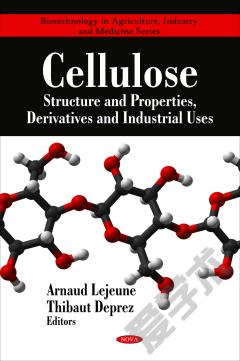

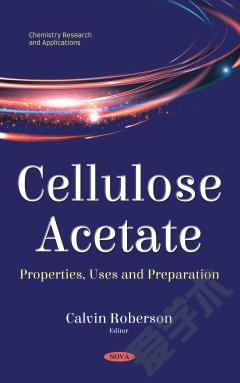
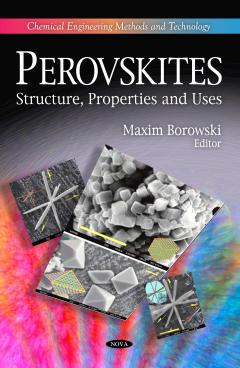
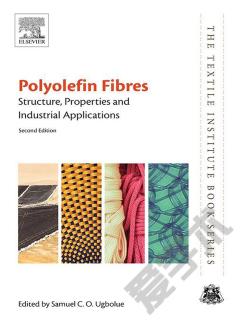
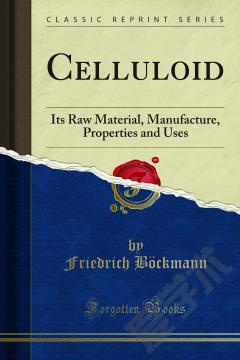
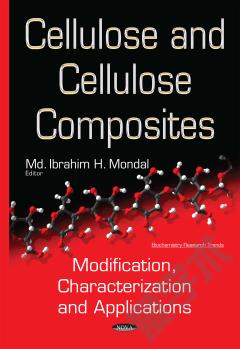

 京公网安备 11010802027623号
京公网安备 11010802027623号